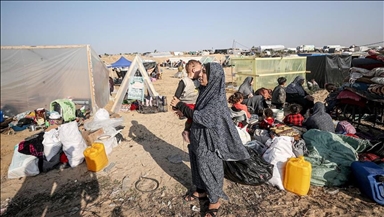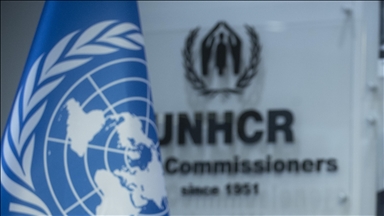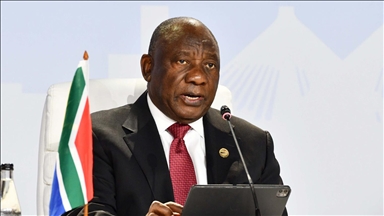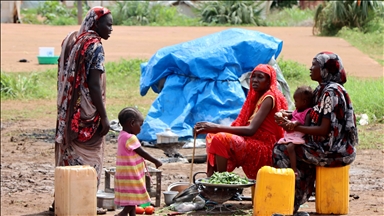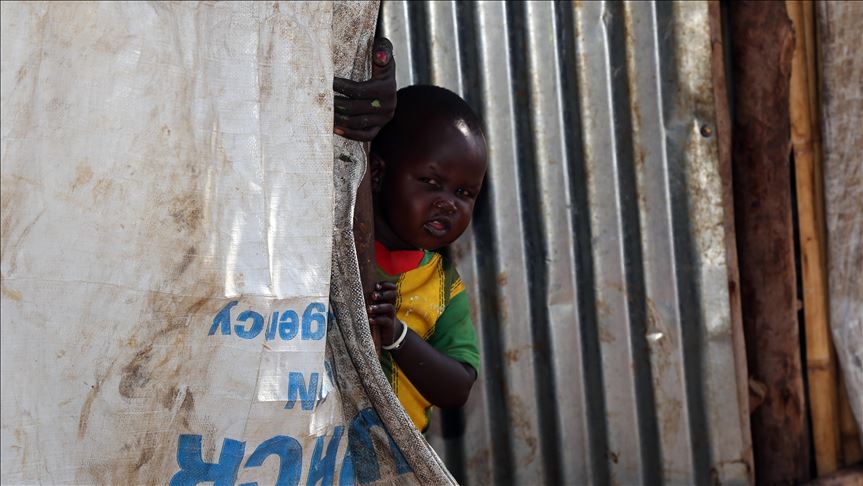 File Photo
File Photo
HOIMA, Uganda
Bioga Mungure held her six-month baby tightly to her chest as she stood in line waiting to be registered by the UN Refugee Agency (UNHCR) at the Sebagoro Landing Site in Hoima, Uganda.
"The militia surrounded our village in Chomya and they started killing, raping women and looting property, I had to run," Bioga said.
Many residents of the northeast Ituri province in the Democratic Republic of Congo (DRC) have been forced into internally displaced camps near the Ugandan border.
But Bioga said that after eking out a living for two weeks, she joined a group planning on traveling across the border.
"There’s a lot of suffering in Kasenyi, there are so many people, the feeding is poor, we had nowhere to sleep. So, when I heard people planning to come to Uganda, I joined them," she said.
The UNHCR estimates about 300 new arrivals from the DRC into Uganda every day.
Kiiza Pascal, also from Chomya, was one of many night arrivals who came to Uganda by boat: "We only move in the night because of the suffering, what else can we do, we are always on the run."
"There is a lot of fighting, they are killing everyone, and if they had found me I would be dead, too," he said
The DRC Conflict has seen intensified ethnic violence over land and mineral wealth, especially between the Lendu and Hema tribes.
Currently, multiple militias supported by neighboring countries in East Africa have also joined the fighting, allegedly for access to the country's natural resources.
The DRC is known to have vast mineral wealth ranging from coltan, gold, diamonds, copper, uranium and oil.
Limited Funding
There are currently 350,000 Congolese refugees in Uganda. The UNHCR noted that there has been a spike in arrivals from the DRC, due to increasing intensity in the fighting as well as the inaccessibility of aid in the country.
UNHCR External Relations Officer Kemlin Furley said arrivals into Uganda increased to a total 300 per day after the clashes intensified in May-July.
The UNCHR is providing assistance to refugees, including in health, water and shelter services. Its activities are spread over 30 settlements within Uganda.
"It is a strain on resources, yet we see a reduced humanitarian funding," Kemlin said.
She added: "The funding level of the whole refugee response plan is about 17% of all the needs."
The World Food Program (WFP) has been feeding 1.3 million refugees in Uganda, saying budget issues have always been the case when new influxes arrive.
Julie McDonlad, Deputy Country Director of WFP Uganda underlined that the program provided a combination of food and cash contributions to refugees.
However, this may not last long, she said, adding: "We are facing a shortfall of over $30 million over the next six months up to November for the refugee response in Uganda."
She thus warned that, the program urgently needed new contributions in order to continue feeding the refugees.



